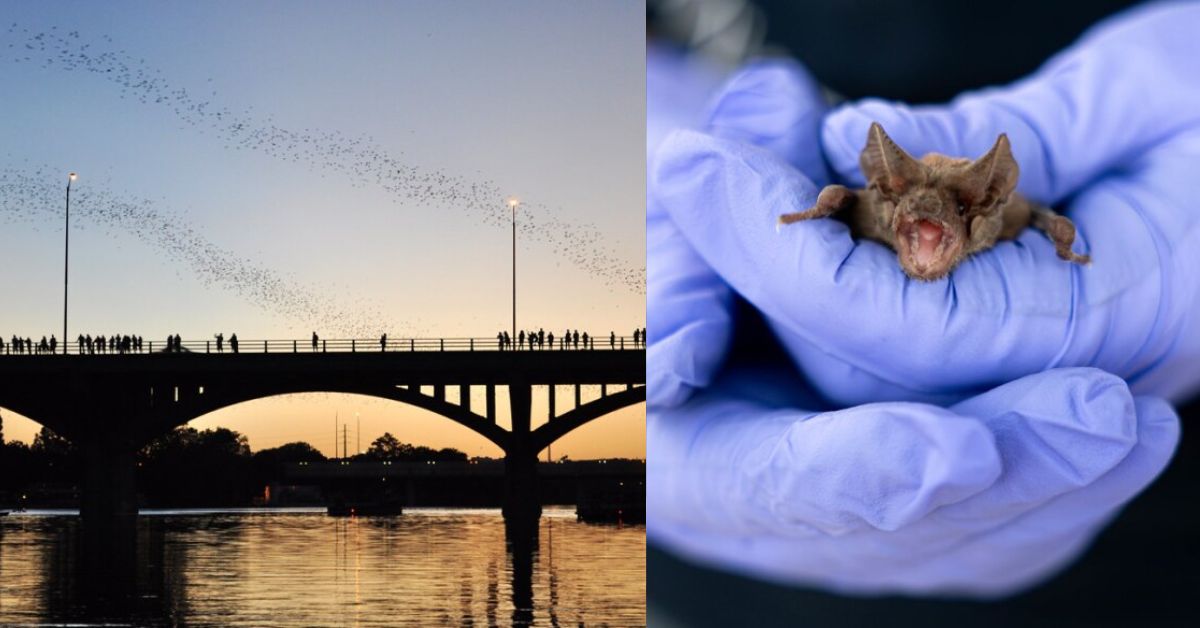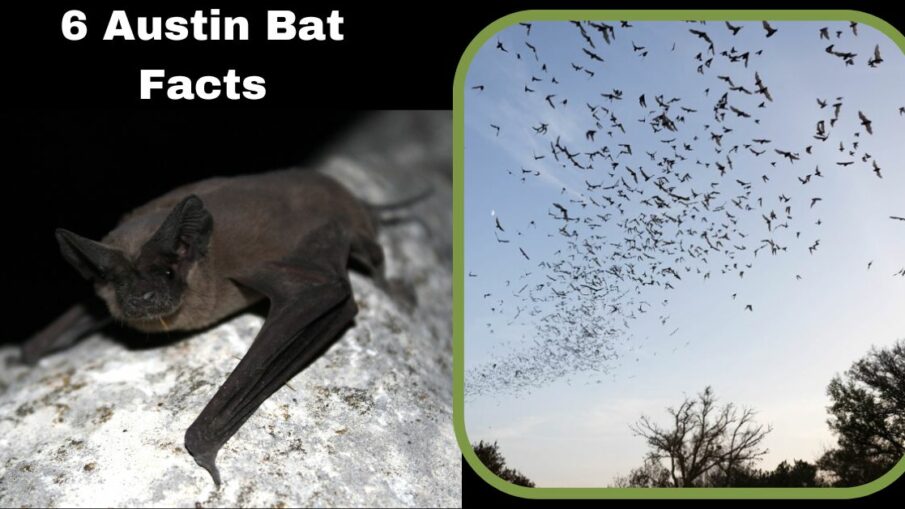It’s likely that you’ve heard about the bats, regardless of how long you’ve lived in the Austin region. There are hundreds of bat colonies in the area. Two of them, at least, deserve a place in the annals of history.
It is believed that the population under Austin’s Congress Avenue Bridge is the world’s largest colony of urban bats. Relentlessly, the Guinness Book of World Records has declared the bat colony in the Bracken Cave Preserve, situated west of San Antonio, to be the biggest in the world.
The migratory Mexican free-tailed bats, also called Brazilian free-tailed bats because they are found throughout the Americas, make up both of these colonies. We thought it would be interesting to share this brief overview of facts with you at your next dinner party or bat observing excursion because this species has so many fascinating traits.
1. They May Be the Fastest Animals on Earth
Studies have shown that Mexican free-tailed bats can reach speeds of about 100 mph, surpassing even the swift cheetah. They have gained the title of fastest mammal in the world as a result of this. However, according to Mylea Bayless of Bat Conservation International, they might be considered the quickest animals.

This is so because, during a dive, peregrine falcons—often regarded as the fastest animals in the world—use gravity to reach extremely high speeds. She refers to the bats’ method of gaining speed as “powered flying,” in which they flap their wings.
“That’s not stooping like a peregrine falcon,” she says. Bats are the “fastest animal on earth, really.”
2. Their Nightly Emergence is Visible on Weather Radar
Up to 1.5 million bats come out of the Congress Avenue Bridge every evening during bat season to search for insects to eat. The Bracken Cave Preserve is home to up to 20 million bats. That is an enormous number of bats; they may be seen on Doppler weather radar and are occasionally mistaken for storm clouds. Richard Heibrun of the Texas Parks and Wildlife Department said.
“We partner with meteorologists to find new bat colonies that have established in highway bridges, Rather than us going out and looking at all the bridges, we can just call up the meteorologist and say, ‘Hey, tell us where the bats are!'”
3. Bats Eat Hundreds of Tons of Insects Every Night
The amount of insects that Austin’s bridge bat colony may reportedly consume in a single night is up to 15 tons (30,000 pounds). The colony of Bracken consumes up to 140 tons.
Although the bats don’t have a picky palate, the majority of their food consists of moths, which are regarded as agricultural pests. Experts claim that by eating these pests, bats help save the nation’s farmers billions of dollars in annual pesticide costs.
Numerous animals in Texas consume bats, even though bats eat bugs. A recent evening at the Bracken Cave saw the nightly appearance of hawks, owls, and snakes, all of which enjoyed a bat supper.
Please click on the following link if you are interested in learning more information about the natural world:
- 15 Fascinating Facts About Feigefossen: Norway’s Natural Wonder
- 14 Fascinating Facts About Garden Creek Falls
- 11 Fascinating Facts About Geroldsauer Wasserfall
4. Bat Babies Grow Up Fast on Super-fatty Milk
After spending the winter in Mexico, pregnant female bats gather in the Mexican free-tailed bat colonies in Central Texas to give birth to the following generation. These colonies are known as “maternity colonies.”
The spring-born babies must be old enough by August to participate in the weekly insect hunt. Because of this, the colonies’ populations peaked in August and September. They must prepare for the yearly journey south of the border by October.
Because of their life cycle, the baby bats must mature quickly. They achieve this by drinking milk that has 28% fat in it. states Bayless.
“Mexican free-tailed bats have the highest fat content in their milk of any bat, Try 28% milk fat and see how fast you grow.”
5. Bat Caves Seem Straight Out of a Horror Movie
The Bracken bat cave keeps its temperature over 90 degrees on the floor and over 105 degrees on the ceiling, where the bats reside. Although that heat would be intolerable to humans, it aids in the rapid growth of young bats.
Guano, or bat excrement, covers a large portion of the cave floor. Live, carnivorous beetles are waiting in that waste to devour any falling animal. Think about the gasses if none of that deters you from entering a bat cave covertly. states Bayless.
“The air inside the cave is highly toxic with ammonia and CO2, Bat caves are not a place you want to hang out while the bats are there.”
6. Bat Populations Are Under Threat
The yearly migration patterns of Mexican free-tailed bats appear to be changing due to climate change. Their natural habitats are becoming less available due to habitat loss, and the usage of pesticides is destroying their food sources.
Researchers claim that Mexican free-tailed bats are less prone to white-nose syndrome because they travel instead of hibernating. Some species are in danger of going extinct due to an invasive fungus that weakens and kills them while they hibernate. However, the Bracken Cave has the fungus. stated Don Bergquist, a volunteer:
“We don’t think it will affect our bats because the cave is pretty hot and they do migrate and stay pretty active,”
Mexican free-tailed bats might not contract white-nose syndrome, but some claim they could act as carriers of the illness, passing it on to other species of hibernating bats that coexist within caves. Stay tuned with us on Thegeofacts.com for more amazing updates.


Leave a Reply